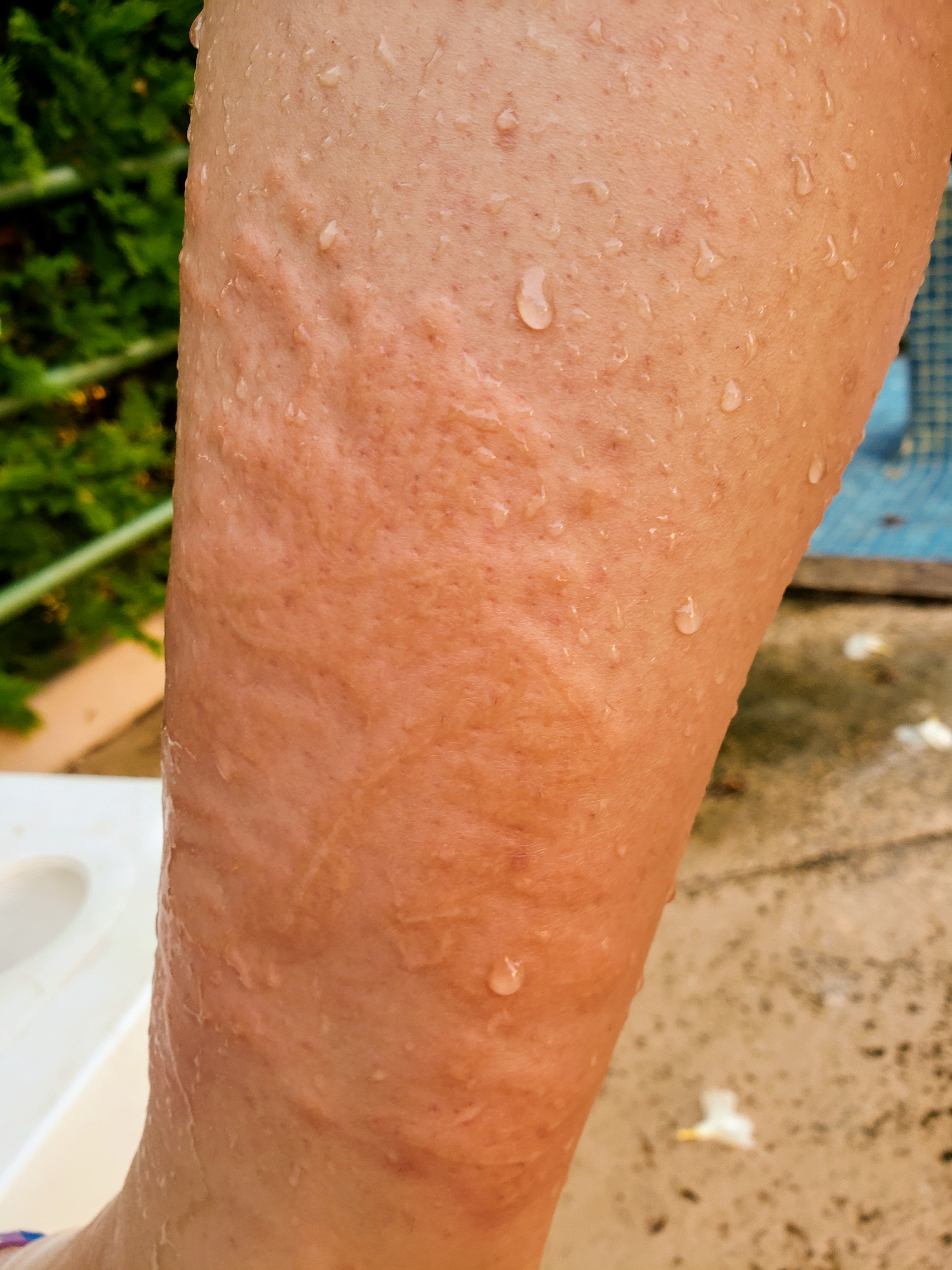Coal tar, or crude coal tar, is obtained through the destructive distillation of bituminous coal at extremely high temperatures. It is estimated that over 10,000 different compounds make up coal tar, though only about 400 of them have been identified. The primary components of crude coal tar include approximately 48% hydrocarbons, 42% carbon, and 10% water. In its natural state, coal tar is a thick, nearly black, viscous liquid with a distinct odor. It is commonly found in solution form, ranging from 0.1% to 20% concentration, and is often combined with other ingredients, such as salicylic acid and sulfur, to create lotions, creams, ointments, and shampoos. Coal tar has been used for decades to treat scaling, itching, and inflammation associated with skin disorders such as psoriasis, eczema, and other dermatological conditions.
Although the use of coal tar has decreased as more advanced treatments for psoriasis become available, it remains a valuable option due to its low cost and lower risk of systemic toxicity compared to modern therapies. Coal tar is still used to treat various skin disorders, particularly those that involve flaky and scaly skin, such as scalp psoriasis, palmoplantar pustulosis, plaque psoriasis, and atopic dermatitis. The exact mechanism by which coal tar treats these conditions is not fully understood, but it appears to have antimicrobial, antipruritic (anti-itching), and keratoplastic effects, helping to normalize keratin growth in the skin and reduce scaling.
Coal tar can be combined with other ingredients to create a range of products, including creams, ointments, paints, pastes, gels, soaps, solutions, and shampoos. It is important for users to follow the instructions on the label carefully when using coal tar products. For best results, it is recommended to apply coal tar at bedtime to minimize the inconvenience of its odour and potential staining during the day. The preparation should remain on the skin for at least two hours unless otherwise directed by a doctor. When applying to the scalp, it should be applied in a downward stroke in the direction of hair growth. Covering or wrapping the treated area with bandages can help keep the preparation in place and prevent staining, but plastic wrap should be avoided as it may cause irritation or infection. Coal tar should not be applied to infected, blistered, raw, or oozing areas of the skin. After applying coal tar, it is important to protect the treated skin from direct sunlight, and a sunlamp should not be used unless instructed by a doctor.
The Goeckerman regimen is a specialized treatment that involves the application of 1–10% crude coal tar followed by exposure to ultraviolet radiation (UV-B). This regimen has been used to treat chronic plaque psoriasis and other inflammatory skin diseases, though its use has become less common. Despite this, the Goeckerman regimen has been known to provide long-lasting remission for some patients.
While most patients tolerate coal tar preparations well, some may experience mild stinging or skin irritation when first using the treatment. If irritation persists, it is advisable to stop using the product and consult a doctor. When used on the scalp, coal tar may temporarily discolor bleached, tinted, light blonde, or gray hair. Additionally, coal tar can stain both skin and clothing, though stains on the skin will gradually fade once the treatment is discontinued. Coal tar may also cause photosensitivity, increasing the skin’s sensitivity to sunlight. For this reason, patients using coal tar should avoid direct sun exposure. In some cases, doctors may recommend the Goeckerman regimen, which combines coal tar with UVB phototherapy and has proven particularly effective in treating psoriasis.
There is some controversy surrounding the potential carcinogenic (cancer-causing) effects of coal tar. Animal studies have indicated that coal tar may increase the risk of skin cancer. However, after 75 years of documented use in human studies, no significant increase in cancer incidence has been found.



